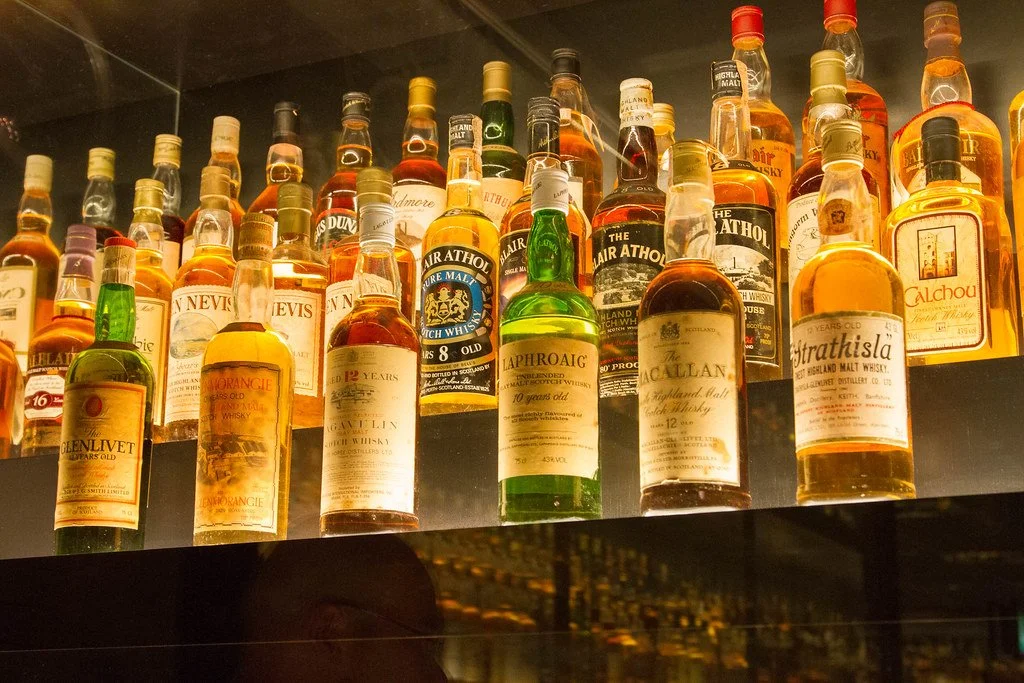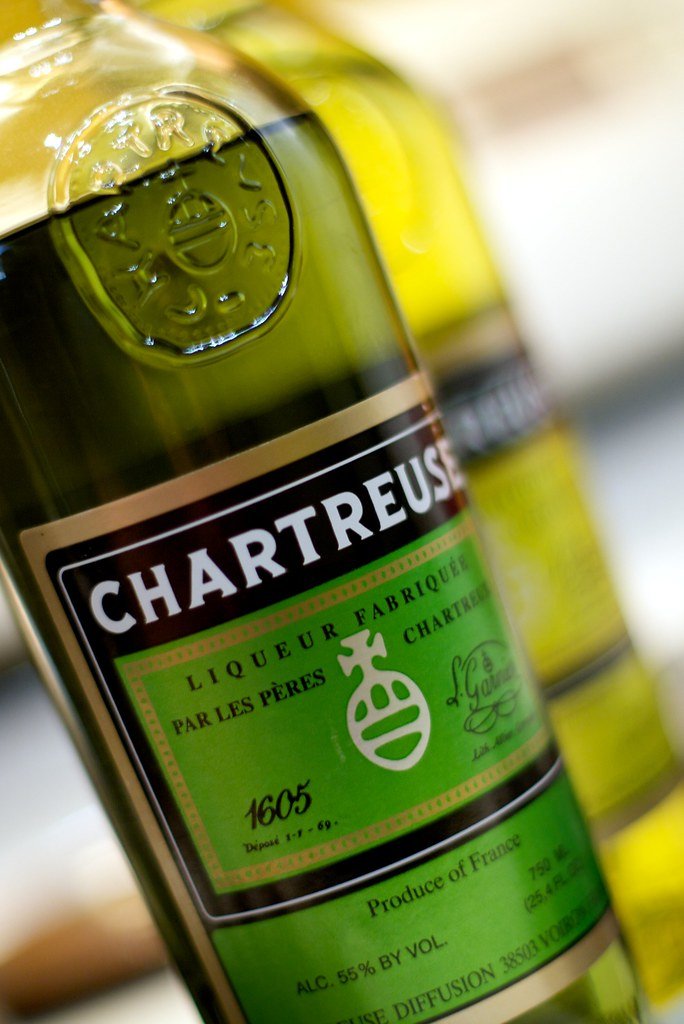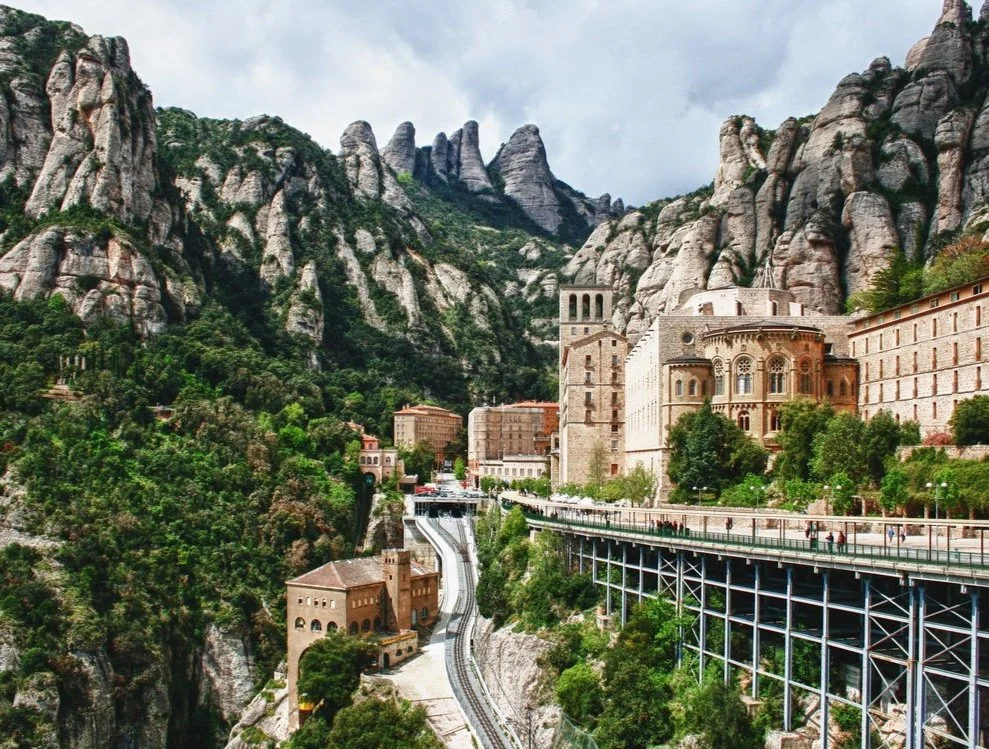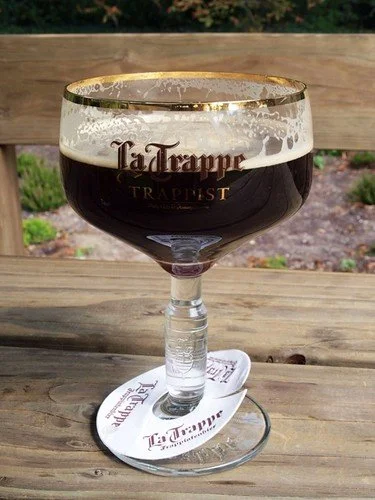Catholic monks throughout Europe make and sell liquors, beers and wines to travelers, using recipes they have cultivated and perfected over centuries.
Different types of Scotch Whisky. Jaygoldman. CC BY-NC-SA 2.0.
Some of the world's major religions prohibit or dissuade their followers from consuming alcohol. Usually, the disapproval of the substance comes from the idea that alcohol consumption leads to addiction, loss of wisdom and more negative outcomes. Buddhist monks condemn alcohol and its consumption. The Quran, the holy text of Islam, prohibits it. Hinduism does not use alcohol in religious contexts but social drinking varies from person to person. But the Catholic faith is inherently linked to the consumption and creation of alcohol.
Jesus’s first miracle was turning water into wine. Wine was biblically said to “gladden the heart of men (Psalm 104:15)” and was consumed for celebrations. Alcohol also takes a central place in many important practices of the Catholic faith; in taking communion, church goers have a sip of wine. Still to this day, Catholic monks across Europe emphasize the importance of alcohol in their faith by continuing the tradition of making it at monasteries and abbeys. However, the alcohol monks make is not typically for sacramental use, but rather commercial sale and consumption. Travelers from across the globe can taste the different liquors, beers and wines made by Catholic monks, each drink having a unique link back to the faith and history as a whole.
1. Chartreuse
Chartreuse Liquor. Jeremy Brooks. CC BY-NC 2.0.
Chartreuse is a French liquor made by the Carthusian monks for more than 200 years. Originally, the liquor was intended to have medicinal properties that extended life spans, but the liquor’s taste popularized it for regular consumption. The liquor’s recipe was given to them by François-Annibal d’Estrées, a French diplomat and soldier, who was closely affiliated with the Catholic Church. The liquor is still made at the monastery located in the Chartreuse Mountains in southeastern France.
Chartreuse is an herbally infused alcohol and is available in both green and yellow colorings. The infused spices leave distinct flavors in the alcohol; herbs like mint, sage and vanilla boldly come through when consumed. Both Green Chartreuse and Yellow Chartreuse vary in flavor, the Green having a strong, almost spicy flavor due to the 130 herbs used to distill it. Yellow Chartreuse is milder and lower in alcohol content, which gives it a sweeter taste when compared to its Green counterpart.
The monks of Grande Chartreuse monastery sell the liquor they make themselves from the distillery they have in Aiguenoire, France, and also from their website. The monks are the only ones who know the real recipe for Chartreuse liquor, making the liquor a coveted asset for craft-cocktail makers. Chartreuse ranges in price, costing anywhere between $50-100, some bottles even exceeding that range.
2. Aromas De Montserrat
The monastery at Montserrat. Bert Kaufmannis. CC BY-SA 2.0.
Aromas de Montserrat is a Spanish herbal wine made by Montserrat Monastery monks. The monastery, located on Montserrat mountain, has been a Catholic practicing monastery for over a century. The monastery is now a place of pilgrimage in Spain, which can be accredited to their possession of the Black Madonna, a statue of the Virgin Mary found in a cave in Montserrat. Known as the patron saint of Catalonia, the Black Madonna brings hundreds of travelers a day to the monastery in the mountains. Besides being a hub for religious history and pilgrimage, the monastery is also known for the wine they make and sell to those who visit.
On the mountain itself, 13 naturally growing spices can be found scattered throughout the foliage. Those who walk or hike the trails of the mountain can smell the rosemary and thyme that clings to the air. Protected by the monastery, and due to its significance as a place of pilgrimage, the only people who have access to the herbs are the monks—visitors are forbidden to pick any spices, and those who do are met with the consequences of heavily enforced conservation laws. However the monks – able to pick the naturally growing spices for their own needs – use the herbs that grow on their mountain to make their famous Spanish wine.
Using 12 of the spices from their land, the monks of Montserrat distill the wine in copper stills, which is then moved into barrels so the liquid can ferment and age properly. Hints of cinnamon, sage, thyme and more can be tasted when enjoying the wine, which is widely sold in Barcelona and the Catalonian region of Spain for around $25. The wine is said to be dry with a spicy—if not overpowering—taste of the herbs used to distill it.
3. Trappist Beer
Trappist Beer. French Disko. CC BY-NC-SA 2.0.
Trappist beer is brewed by Trappist monks, who practice Catholicism in monasteries and abbeys across the globe. Trappist beer is made in 14 different monasteries, most of which are spread across Europe—only one residing in the United States. Other countries with Trappist monasteries include Belgium, the Netherlands, Austria, Italy, England, Spain and France.
The production of trappist beer is regulated by the International Trappist Association (ITA), which connects the many Trappist branches and promotes the sale and production of the beer they make. The ITA lists the specific parameters that must be met in order to brew and sell Trappist beer, and if such criteria is met, the ITA stamps the beer as an Authentic Trappist Product (ATP). Trappist beer must be made within the walls of a Trappist Abbey, monks must conduct all of the production themselves, and the profits may only be used to meet any needs in the community.
Most of the abbeys that make Trappist beer allow tours of the breweries and allow travelers to sample and purchase the beer directly from the monastery. Each monastery produces its own unique beer, so travelers who visit different abbeys may encounter a completely new drinking experience each time.
The taste is described by Home Brew Journals as “malty, bready, sweet, spicy” and is said to come in fruit flavors such as apple, cherry and pear.
4. Aqua Vitae (Scotch Whisky)
Lindores Abbey Distillery sign. Dave Paterson. CC BY 2.0.
Monk Friar John Cor, who coined the term “aqua vitae,” or “water of life,” created what we know today to be Scotch Whisky. Lindores Abbey, the birthplace of Scotch Whisky and where Friar John practiced his devout faith, is still a place where Scotch Whisky is distilled. Although the whisky’s recipe comes from the monks, it is now made by a distillery company. However, Lindores Abbey Distillery, headed by Andrew McKenzie Smith, uses the original recipe for Scotch Whisky to perfect and produce its product, keeping with the monks’ original centuries-old practices.
Lindores, dubbed “the spiritual home of Scotch Whisky,” was the place McKenzie Smith decided to build his new distillery. Smith also plans to use fruit from the abbey’s orchard to flavor the whisky in the future. The liquor is now being sold under the name Lindores Scotch Whisky, an ode to the abbey that housed the creators of the liquor.
Scotch Whisky is described as smooth and silky. It has citrus hints, coupled with fruity undertones and flavors. The aftertaste is said to be smoky and sweet. Travelers can visit the distillery, which is right across the street from the abbey. Travelers can explore this too, but Lindores Abbey is practically ruins now, having not been maintained or used for many years. Those who wish to try the whisky on location can, and those who wish to purchase a bottle of Lindores for themselves can do so for around $50.
5. Buckfast Tonic Wine
Buckfast Bottle on the Street. BinaryApe. CC BY 2.0.
Buckfast tonic wine is produced by monks at Buckfast Abbey in England. The wine is made with caffeine, and The Guardian states “each bottle contains around eight times the caffeine of a can of coke.” The properties of this wine, being 15% alcohol and pumped with caffeine, are said to cause those who drink it to get high rather than drunk. Such effects of Buckfast wine have led to increased crime in certain areas of Europe, but Buckfast monks are rejecting the opinion that their wine is to blame. Monks at the abbey claim that the wine is not made to be abused, and that binge-drinking is the real problem. In Scotland, where the wine gained prominence due to its similarity to communion wine, crime is heavily attributed to the wine. Now used recreationally, an area in Scotland dubbed the Buckfast Triangle attributes for nearly 10% of the wine’s sales. , . Additionally, nearly 7,000 crime reports in that area are connected to the overconsumption of Buckfast wine..
Buckfast Abbey in England is open for church visits, mass and tours of the monastery. The wine is sold globally and can be purchased for around $20 a bottle. Vice describes the flavor of Buckfast as “syrup-thick,” tasting like “a palatable mixture of berry-flavored cola and cough medicine.” Buckfast is the perfect drink for those looking to be adventurous, while also being willing to walk the line between daring and dangerous.
Ava Mamary
Ava is an undergraduate student at the University of Illinois, double majoring in English and Communications. At school, she Web Writes about music for a student-run radio station. She is also an avid backpacker, which is where her passion for travel and the outdoors comes from. She is very passionate about social justice issues, specifically those involving women’s rights, and is excited to write content about social action across the globe.







